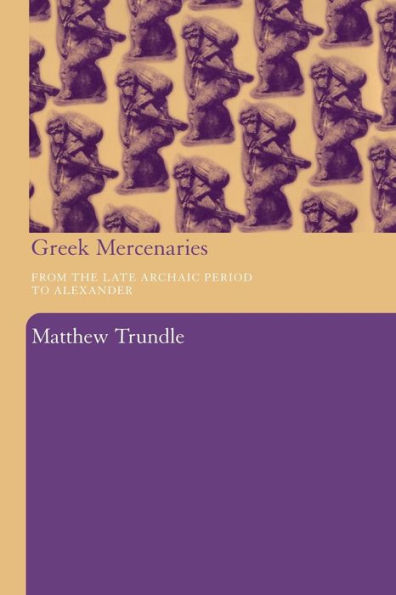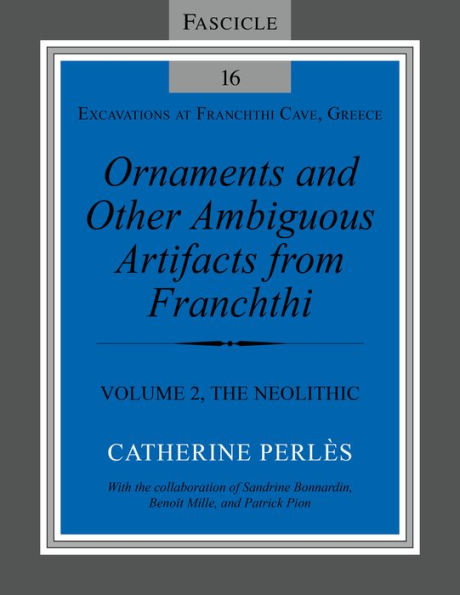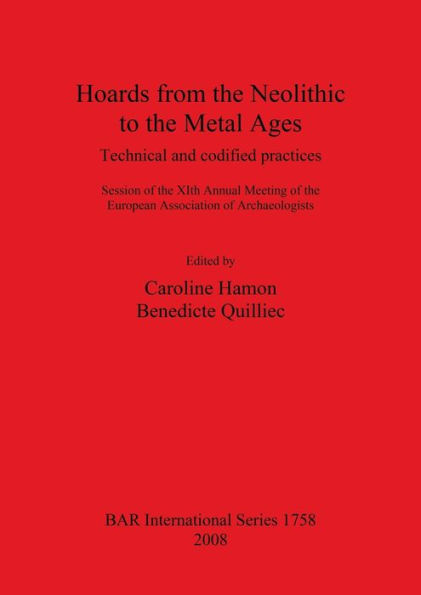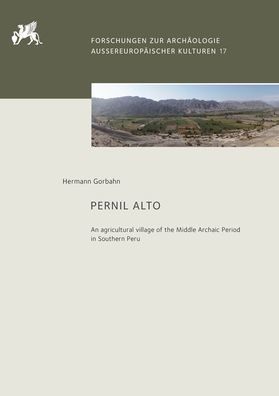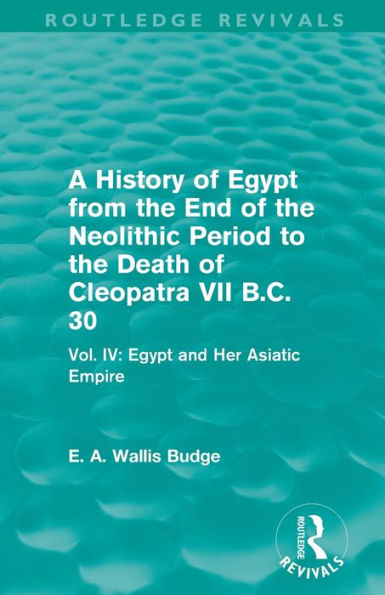Home
Sexually Ambiguous Imagery in Cyprus from the Neolithic to the Cypro-Archaic Period
Barnes and Noble
Loading Inventory...
Sexually Ambiguous Imagery in Cyprus from the Neolithic to the Cypro-Archaic Period in Franklin, TN
Current price: $63.00
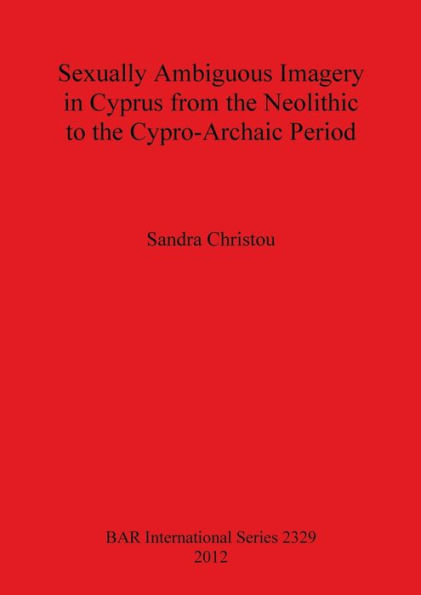
Barnes and Noble
Sexually Ambiguous Imagery in Cyprus from the Neolithic to the Cypro-Archaic Period in Franklin, TN
Current price: $63.00
Loading Inventory...
Size: OS
Although the earliest known literary evidence for a dual-sexed divinity on Cyprus dates to the fifth century BCE, archaeological evidence indicates there was a tradition on the island of sexually ambiguous imagery which predates the literary sources. This information prompted the present research, which traces the tradition back to the earliest known examples on Late Neolithic Cyprus, and tracks its evolution through to the Cypro-Archaic period. Rather than rely upon descriptions, photographs and drawings presented in consulted publications, the various international museums that house the figures were visited by the writer in order to physically examine the images. A catalogue of the sexually ambiguous imagery for Cyprus from the Neolithic to the Cypro-Archaic period has been compiled and is included in this work. It is proposed that the imagery is of Cypriot innovation, and consists of proto-anthropomorphic, anthropomorphic and half-animal, half-human representations. The genre is influenced from its earliest period by the figurative art of the Syro-Anatolian mainland, but from the Late Bronze Age onwards, influences from the western Mediterranean and Aegean are also evident. Despite the periods in which there is little evidence for figurine production, sexually ambivalent imagery re-emerges when figurative evidence is once more apparent in the archaeological records. Furthermore, stylistic continuity of the genre from one period to the next is also apparent. This continuity is regardless of the cultural changes which occur intermittently during the seven millennia period relevant to this study. Although it is not until the Cypro-Geometric period that there is firm evidence to support a religious interpretation of sexually equivocal imagery, it is suggested that the genre from the earliest period was at least associated with fertility, and perhaps religious cult.
Although the earliest known literary evidence for a dual-sexed divinity on Cyprus dates to the fifth century BCE, archaeological evidence indicates there was a tradition on the island of sexually ambiguous imagery which predates the literary sources. This information prompted the present research, which traces the tradition back to the earliest known examples on Late Neolithic Cyprus, and tracks its evolution through to the Cypro-Archaic period. Rather than rely upon descriptions, photographs and drawings presented in consulted publications, the various international museums that house the figures were visited by the writer in order to physically examine the images. A catalogue of the sexually ambiguous imagery for Cyprus from the Neolithic to the Cypro-Archaic period has been compiled and is included in this work. It is proposed that the imagery is of Cypriot innovation, and consists of proto-anthropomorphic, anthropomorphic and half-animal, half-human representations. The genre is influenced from its earliest period by the figurative art of the Syro-Anatolian mainland, but from the Late Bronze Age onwards, influences from the western Mediterranean and Aegean are also evident. Despite the periods in which there is little evidence for figurine production, sexually ambivalent imagery re-emerges when figurative evidence is once more apparent in the archaeological records. Furthermore, stylistic continuity of the genre from one period to the next is also apparent. This continuity is regardless of the cultural changes which occur intermittently during the seven millennia period relevant to this study. Although it is not until the Cypro-Geometric period that there is firm evidence to support a religious interpretation of sexually equivocal imagery, it is suggested that the genre from the earliest period was at least associated with fertility, and perhaps religious cult.
